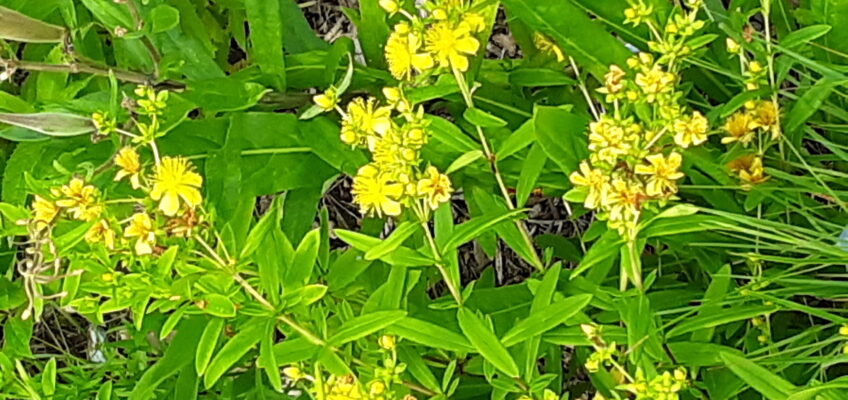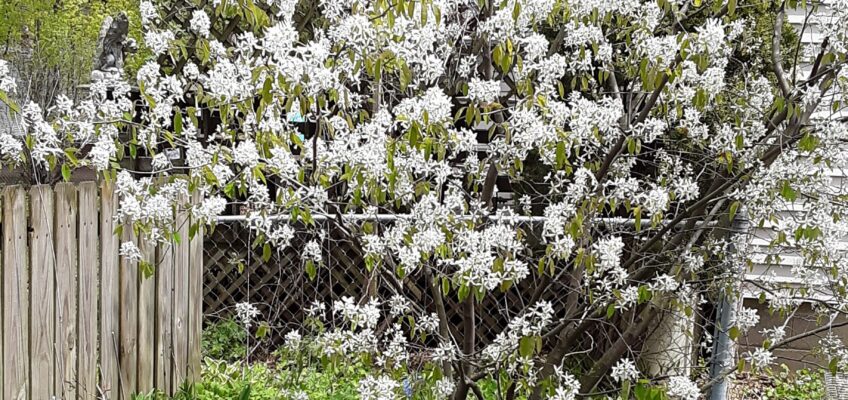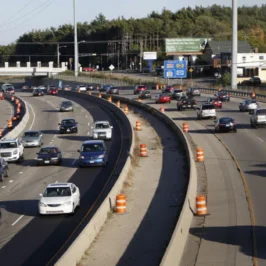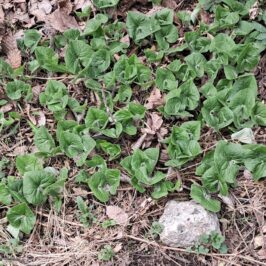CMNNA has received a grant from the Madison Area Master Gardeners’ Association for improvements to our gardens! We have just ordered Common Elderberry, Serviceberry, Pussy Willow and Hazelnut shrubs that will offer blooms attractive to people and to pollinators, berries and nuts for birds and other critters, and beautiful fall foliage. The grant will also cover rental of a stump grinder to remove the spruce tree stumps, an order for approximately 30 wildflowers from Two Ferns Nursery, as well as a small laminated sign and some soil amendments. Separately from the grant, we also received donations of 52 wildflowers from Plant Dane.
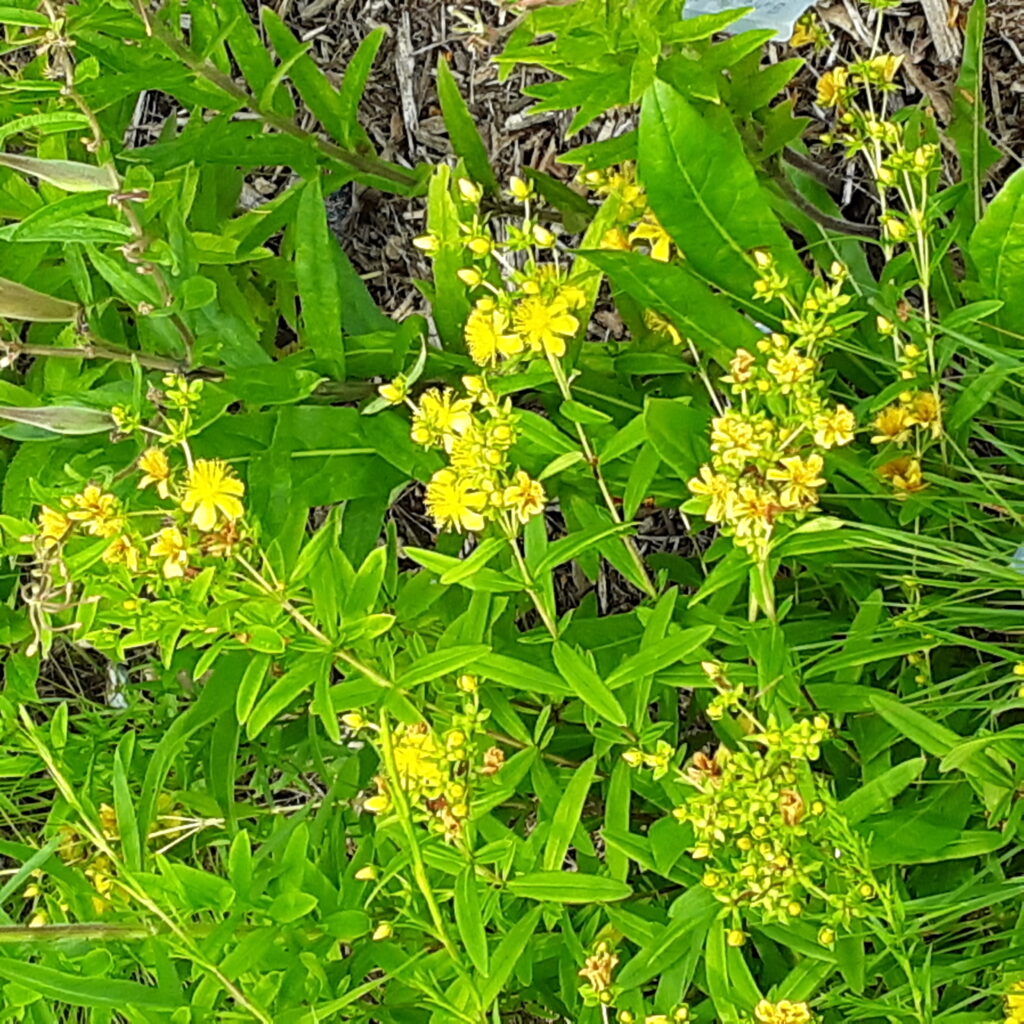
The inspiration for applying for the grant and for choosing plants comes from two recent observational studies on what plants are frequently visited by Rusty Patched Bumble Bees, “RPBB”. The information below comes from “Floral Resources Used by the Endangered Rusty Patched Bumble Bee (Bombus affinis) in the Midwestern United States” and “Rusty Patched Bumble Bee Floral Phenologies.” Full citations are given at the end of this post. These bees were once a very common species in the states east of the Mississippi River, but have become quite rare and were declared an endangered species in 2017. Wisconsin is one of the species’ remaining strongholds, with documented reports in 37 of our 72 counties. Many many plant species were visited by RPBB, but more than half of the bee visits were on these genera: Monarda, Eutrochium, Veronicastrum, Agastache, and Solidago. For us lay people, these are represented by Bee Balm, Joe Pye Weed, Culver’s Root, Hyssop, and Goldenrod. Each of those may include several individual species. Other frequently visited flowers included Purple Coneflower, Mountain Mint, knapweeds (non-native), thistles, Wood Betony, and St John’s Wort species. Also of great importance is providing early spring blooming flowers, and those that bloom late into the fall.
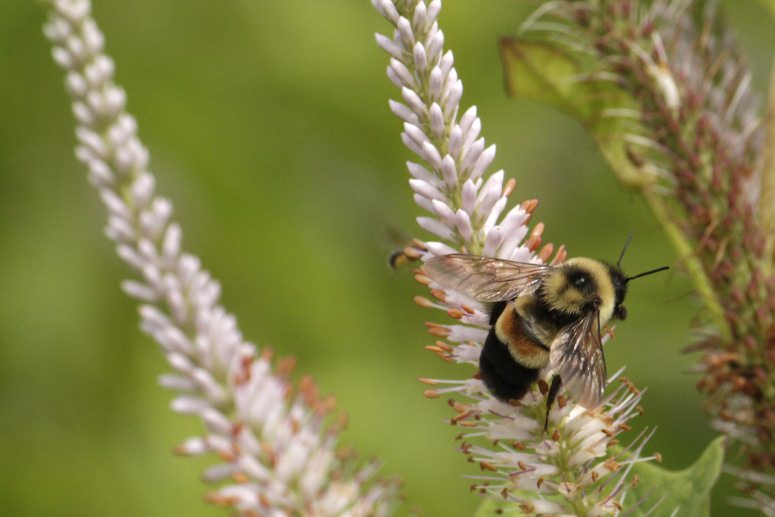
Early Spring is when the new Bumble Bee Queens emerge and need resources to start up their new colonies from scratch, so they require good nectar and pollen sources. And that brings up another point. There are many bumble bees, pollinators, and other beneficial insects that have overwintered under leaves and in the ground. To protect them, it is important not to be too quick to rake and clean up the winter’s plant debris. It’s best to leave that until the daytime temperatures are consistently at least 50 degrees F. Plant stems can be cut but leave 12 – 18 inches for new nesting sites. Consider keeping some leaves and cut stalks in a loose pile in a back corner of your yard, instead of at the curb for collection. Also, when you are ready to mow, hold off into mid-May and let the dandelions bloom! Then set your mower higher and mow less frequently. Let’s “Bee” Friendly!
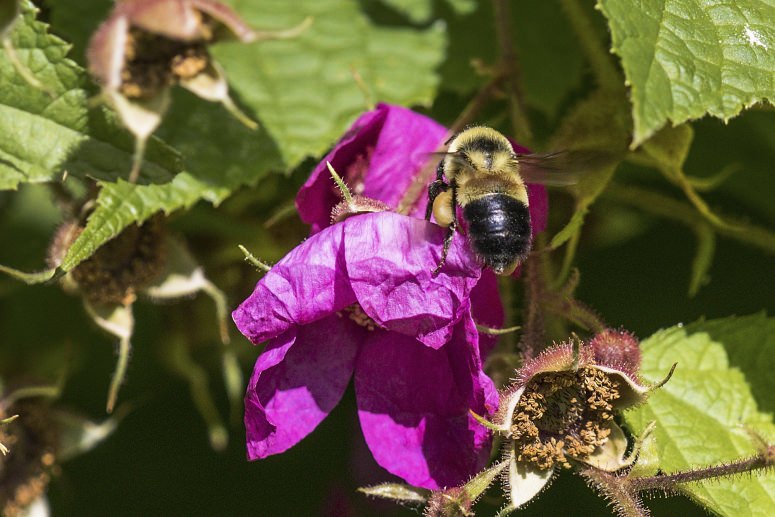
Lastly, as always, we will be relying on volunteers to help get all these wonderful new plants and shrubs into the ground. This is even more true this year, because your fearless leader has recently had major shoulder surgery, and will be just about useless as an active gardener. I will be setting up some gardening sessions in late April and May, via email. If you haven’t volunteered before, but are interested, please email me, Carol, at area6@cmnna.org.
Citations: “Floral Resources Used by the Endangered Rusty Patched Bumble Bee (Bombus affinis) in the Midwestern United States.” Wolf, Amy T., Watson, Jay C., Hyde, Terrell J., Carpenter, Susan G., and Jean, Robert P. Natural Areas Journal, 42(4): 301-312. Natural Areas Association. https://doi.org/10.3375/22-2
“Rusty Patched Bumble Bee Floral Phenologies” Wisconsin RPBBs Observed by Judy Cardin and Bob Plamann 2020-2022. Author: Judy Cardin 12/10/22. https://online.flippingbook.com/view/810946527/

